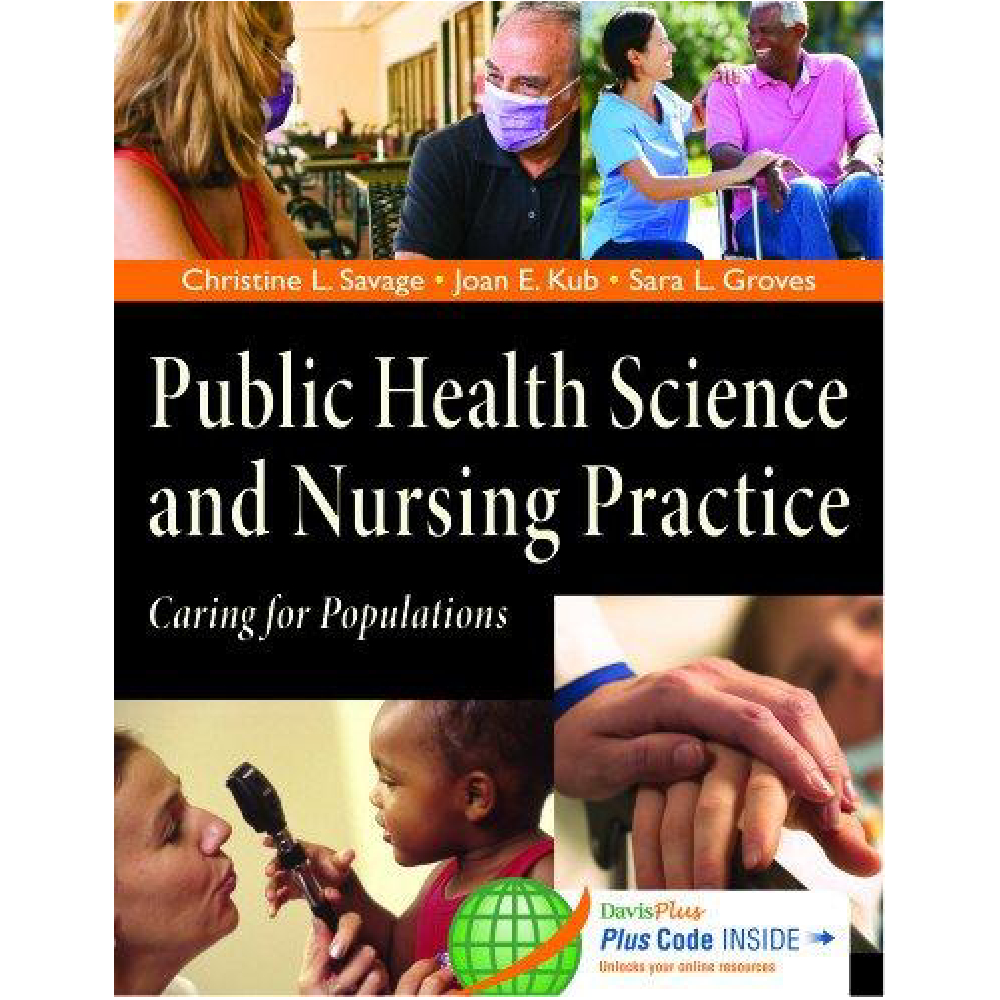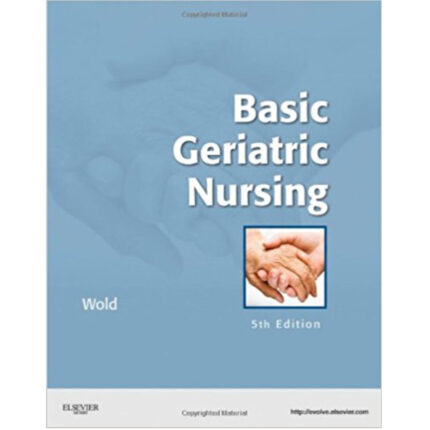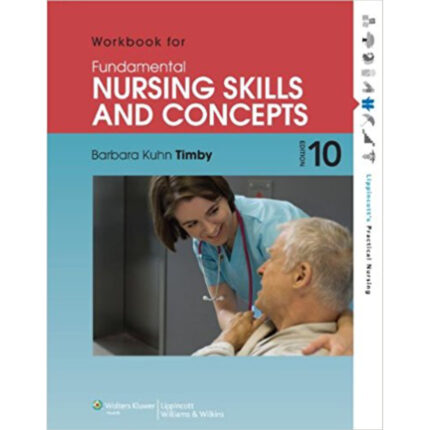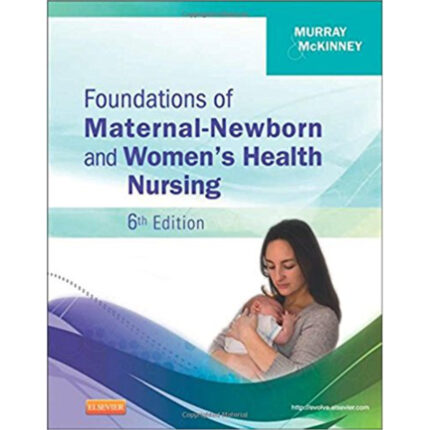Public Health Science And Nursing Practice By Christine Savage,Joan Kub -Test Bank
Chapter 11: Substance Use and the Health of Communities
MULTIPLE CHOICE
1. When a nurse at a community clinic is checking a patient for the effects of psychoactive substances, he or she looks for which of the following signs?
A. Altered mood
B. Both 1 and 3
C. Level of consciousness
D. None of the above
ANS: B
Objective: 3. Apply current evidence-based population interventions to the prevention of substance use disorders.
pp. 241-243
Heading: Substance Use and the Global Burden of Disease
Integrated Processes: Nursing Process
Client Need: Psychosocial Integrity
Cognitive Level: Application [Applying]
Concept: Promoting Health; Assessment; Addiction
Difficulty: Moderate
2. A student nurse studying substance use learns that in addition to stimulants, inhalants, depressants, and cannabis, psychoactive substances include which of the following?
A. Dissociative anesthetics
B. Both 1 and 3
C. Hallucinogens
D. Non-narcotics
ANS: B
Objective: 1. Describe the impact of substance use on the health of a population.
pp. 241-243
Heading: Substance Use and the Global Burden of Disease
Integrated Processes: Teaching/Learning
Client Need: Psychosocial Integrity
Cognitive Level: Application [Applying]
Concept: Nursing Roles; Addiction
Difficulty: Moderate
3. A public health nurse (PHN) researching risk factors for mortality found that ____ and ____ are among the top ten.
A. Alcohol and tobacco
B. Inhalants and stimulants
C. Cannabis and caffeine
D. None of the above
ANS: A
Objective: 2. Define the burden of disease related substance use using current epidemiological frameworks.
pp. 241-243
Heading: Substance Use and the Global Burden of Disease
Integrated Processes: Teaching/Learning
Client Need: Health Promotion and Maintenance
Cognitive Level: Application [Applying]
Concept: Promoting Health; Nursing Roles; Addiction
Difficulty: Moderate
4. To find out how much alcohol a patient uses, a nurse asks about which of the following?
A. Quantity of alcohol consumed
B. Frequency of alcoholic beverage consumption
C. Duration of use
D. All of the above
ANS: D
Objective: 3. Apply current evidence-based population interventions to the prevention of substance use disorders.
pp. 243-245
Heading: Substance Use and the Global Burden of Disease > Measurement and Surveillance
Integrated Processes: Nursing Process
Client Need: Psychosocial Integrity
Cognitive Level: Application [Applying]
Concept: Addiction; Assessment
Difficulty: Moderate
5. A nurse whose teenage patient is showing signs of alcohol abuse reviews which of the following first to help the patient?
A. Universal level of prevention
B. Selective level of prevention
C. Indicated level of prevention
D. None of the above
ANS: C
Objective: 3. Apply current evidence-based population interventions to the prevention of substance use disorders.
pp. 245-246
Heading: Models for Prevention and Treatment of Substance Use Disorders > Institute of Medicine Prevention Model
Integrated Processes: Nursing Process
Client Need: Psychosocial Integrity
Cognitive Level: Application [Applying]
Concept: Promoting Health; Addiction
Difficulty: Moderate
6. A nurse studying substance use disorders learns that alcohol is a causal factor in ____ types of diseases and injuries.
A. 60
B. 80
C. 20
D. 10
ANS: A
Objective: 1. Describe the impact of substance use on the health of a population.
pp. 247-248
Heading: Alcohol Use > Consequences of Alcohol Use
Integrated Processes: Teaching/Learning
Client Need: Psychosocial Integrity
Cognitive Level: Application [Applying]
Concept: Nursing Roles; Addiction
Difficulty: Moderate
7. Nurses at a local trauma center were involved in evaluating their hospital’s screening program for alcohol substance abuse. Which of the following steps were part of their plan?
A. Review files on patients admitted with a possible alcohol-related injury.
B. Evaluate the current screening system in use on their unit.
C. Review current screening techniques used in other hospitals.
D. All of the above
ANS: D
Objective: 5. Apply current frameworks related to prevention of substance use disorders.
pp. 248-252
Heading: Alcohol Use > Screening Brief Intervention and Referral for Treatment
Integrated Processes: Nursing Process
Client Need: Psychosocial Integrity
Cognitive Level: Application [Applying]
Concept: Assessment; Critical Thinking; Addiction
Difficulty: Moderate
8. Nurses in a student health clinic used a program called Brief Alcohol Screening and Intervention for College Students (BASICS) to help students make better alcohol use decisions. The BASICS program consists of:
A. Two one-hour interviews
B. Both 1 and 3
C. A feedback profile
D. An alcohol breathalyzer test
ANS: B
Objective: 3. Apply current evidence-based population interventions to the prevention of substance use disorders.
pp. 252-253
Heading: Alcohol Use > Policy-Level Interventions to Reduce Alcohol-Related Harm
Integrated Processes: Nursing Process
Client Need: Psychosocial Integrity
Cognitive Level: Application [Applying]
9. When a community health nurse explains the consequences of tobacco use to a patient who smokes, the nurse mentions which of the following adverse health consequences experienced by tobacco users?
A. Damage to the oral cavity and teeth
B. Chronic obstructive pulmonary disorders
C. Cancer
D. All of the above
ANS: D
Objective: 2. Define the burden of disease related substance use using current epidemiological frameworks.
p. 254
Heading: Tobacco Use > Consequences of Tobacco Use
Integrated Processes: Teaching/Learning
Client Need: Psychosocial Integrity
Cognitive Level: Application [Applying]
Concept: Cellular Regulation; Oxygenation; Nursing Roles; Addiction
Difficulty: Moderate
10. A nurse working on a maternity unit became concerned when one of the pregnant patients admitted to smoking. Which of the following adverse effects might eventually affect her unborn child?
A. Low birth weight
B. Increased risk for Sudden Infant Death Syndrome (SIDS)
C. Both 1 and 2
D. Lower rates of asthma
ANS: C
Objective: 1. Describe the impact of substance use on the health of a population.
p. 254
Heading: Tobacco Use > Vulnerable Populations Across the Life Span
Integrated Processes: Nursing Process
Client Need: Psychosocial Integrity
Cognitive Level: Application [Applying]
Concept: Pregnancy; Addiction
Difficulty: Moderate













Reviews
There are no reviews yet.